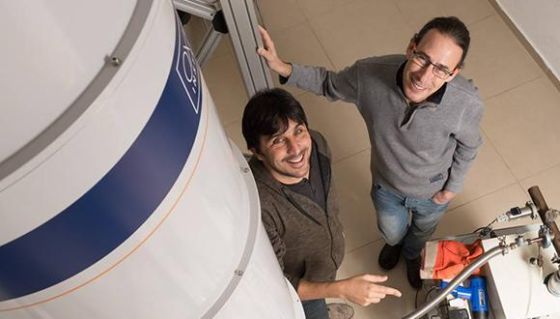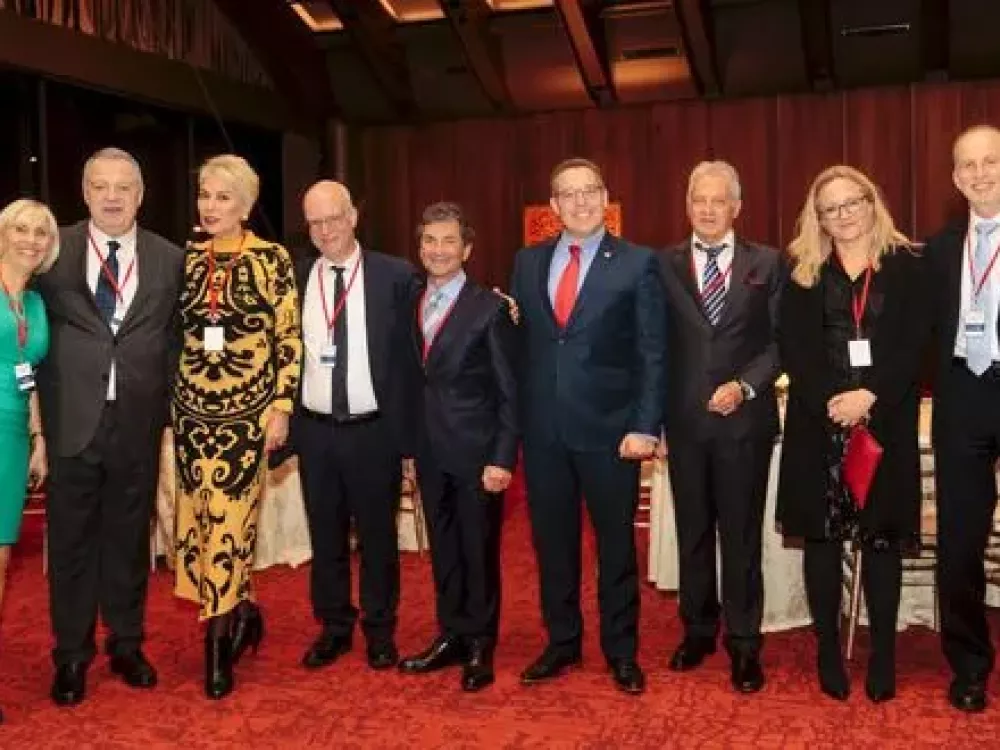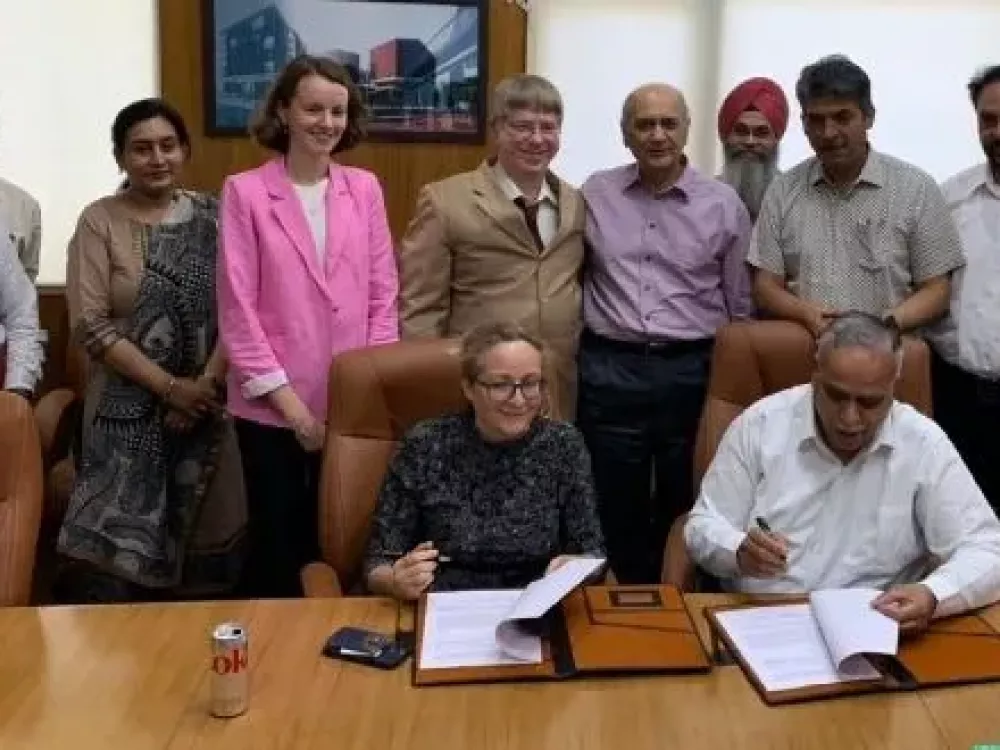
Conversations in the Clean Room
At the shared laboratories of the Center for Nanoscience and Nanotechnology, casual conversations between scientists can lead to breakthroughs
A chemist and a physicist walk into a clean room. No, this is not the one about how many people it takes to change a light bulb. Nor is it the one about two Israelis and three opinions. This is a true story about how two doctoral students from different fields got talking and realized that they may be able to use chemistry to solve a nagging problem in physics. “These students were the best kind – curious and open to new ideas and different ways of approaching a problem,” says Prof. Gil Markovich of the Raymond and Beverly Sackler School of Chemistry. Prof. Yoram Dagan, Raymond and Beverly Sackler School of Physics and Astronomy, nods in agreement.
Markovich and Dagan were the students’ respective PhD advisors and quickly saw the benefit of collaborating. In their research, they sought a solution to prevent damage to the surface of semiconductors – small components that control electrical current in devices such as computers and mobile phones, which damage the functioning of the devices.
For this kind of research, a particularly sterile laboratory is required. The special conditions in the “clean room” include a constant temperature of 20 degrees, 50 percent humidity, and a very powerful filter that prevents the entry of dust particles into the laboratory space and is responsible for creating a sterile work environment. These conditions are essential for the production of certain materials, especially electronic chips, which can be disrupted by something as tiny as a grain of dust.
From cell phones to thermal cameras
The scientists are using a chemical rather than physical process to create an electrical insulating thin film the thickness of a single atom. According to Dagan, “Unlike in physics, where non-organic materials are used, we used organic compounds to get the components that create the atom-thick layer.” In the process carried out by the scientists, they heated organic compounds to the point of dissolution. Once they touch the surface, they receive additional energy and break down until the process stops on its own. “This creates only a single layer of the insulating material, because there is not enough energy to form another layer,” Dagan explains. “In a cheap and rapid chemical process, we were able to offer an alternative to complicated and costly processes, and even to achieve a better result.”
Their invention could improve microelectronics in all the devices we carry in our pockets and have in our homes by making them faster, more efficient and more compact. “This is a long-term project – an idea that may be implementable twenty years down the line. Yet exploring this basic physics problem using nano-chemistry led us to an application that can be realized today,” says Dagan.
Markovich and Dagan have teamed up with industry experts for guidance in applying their technology to improve resolution in infrared cameras used for defense and security installations. The Israel Innovation Authority (formerly the Office of the Chief Scientist) has invested in the project with a grant reserved solely for projects that have a good chance to be commercialized in Israel. “It all begins, though, with basic science. Basic science is the foundation of knowledge. When we discover new possibilities and new materials, applications can grow,” stresses Dagan.
Collaboration opens new possibilities
Markovich and Dagan share a passion for unlocking the secrets of the universe: “We are both interested in origins,” says Dagan. “Gil researches the interaction of minerals with amino acids and DNA – the original building blocks of life. I am interested in the fundamental properties of matter and materials. I would not think up chemical approaches to physical problems by myself. Our collaboration is opening up new possibilities.” says Dagan.
“This has been a fun ride,” adds Markovich. “First, Yoram is a nice person. And I never worked on these kinds of problems before. We have ideas for cooperation on chemical ways to create new materials for quantum computing. The future is wide open.”
Featured iage:Prof. Gil Markovich and Prof. Yoram Dagan (Photo: Yoram Reshef)
Related posts








